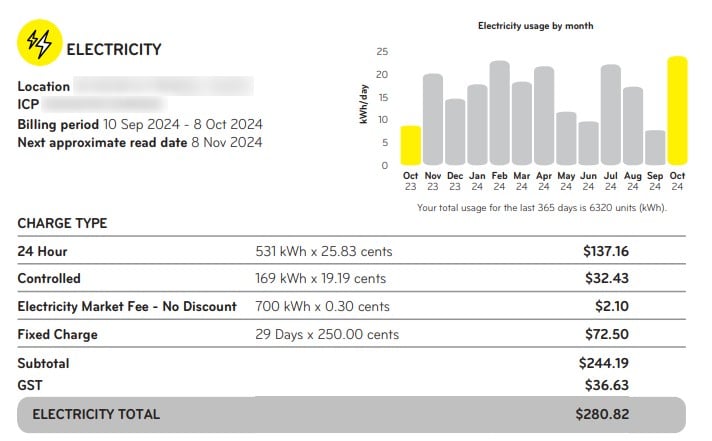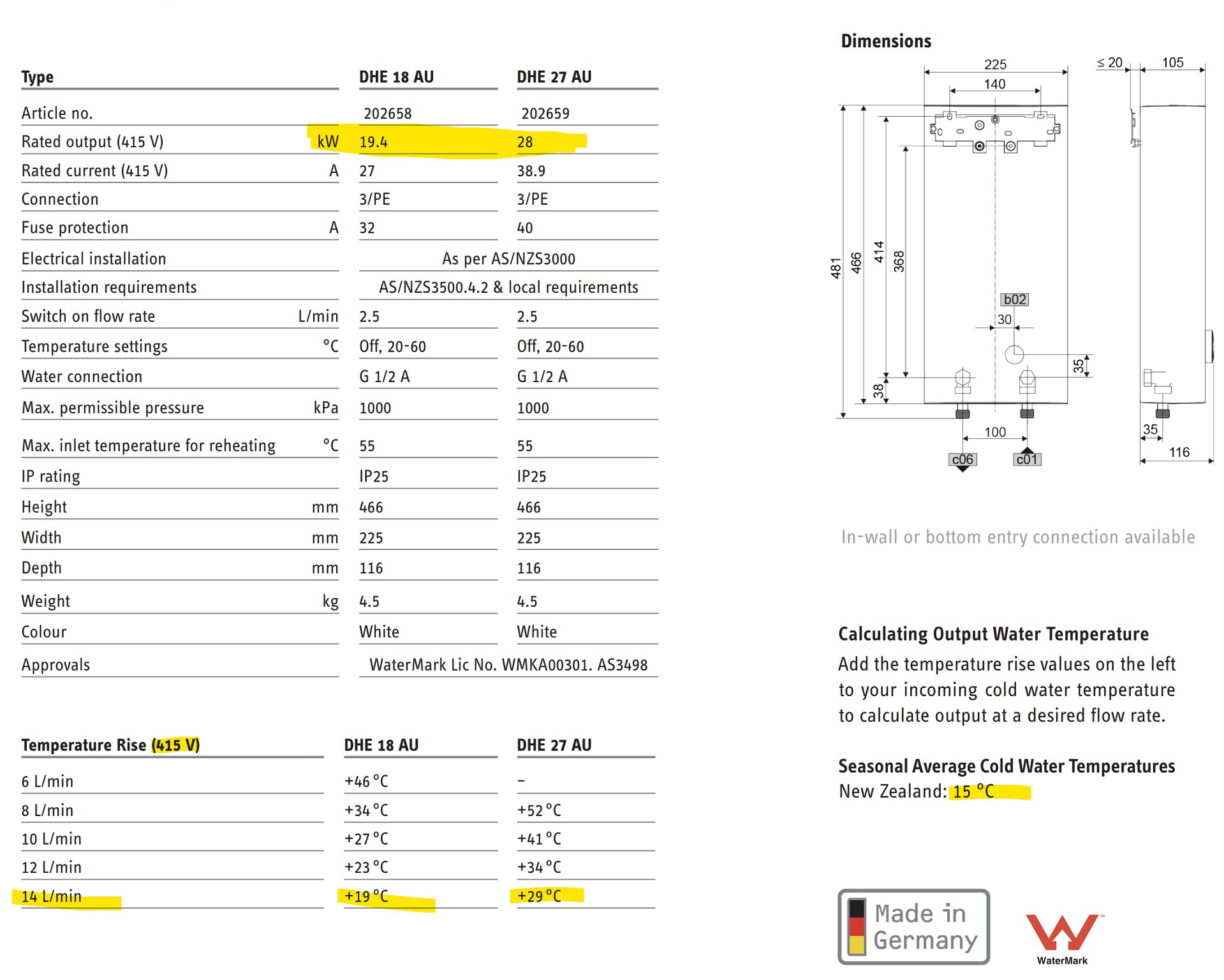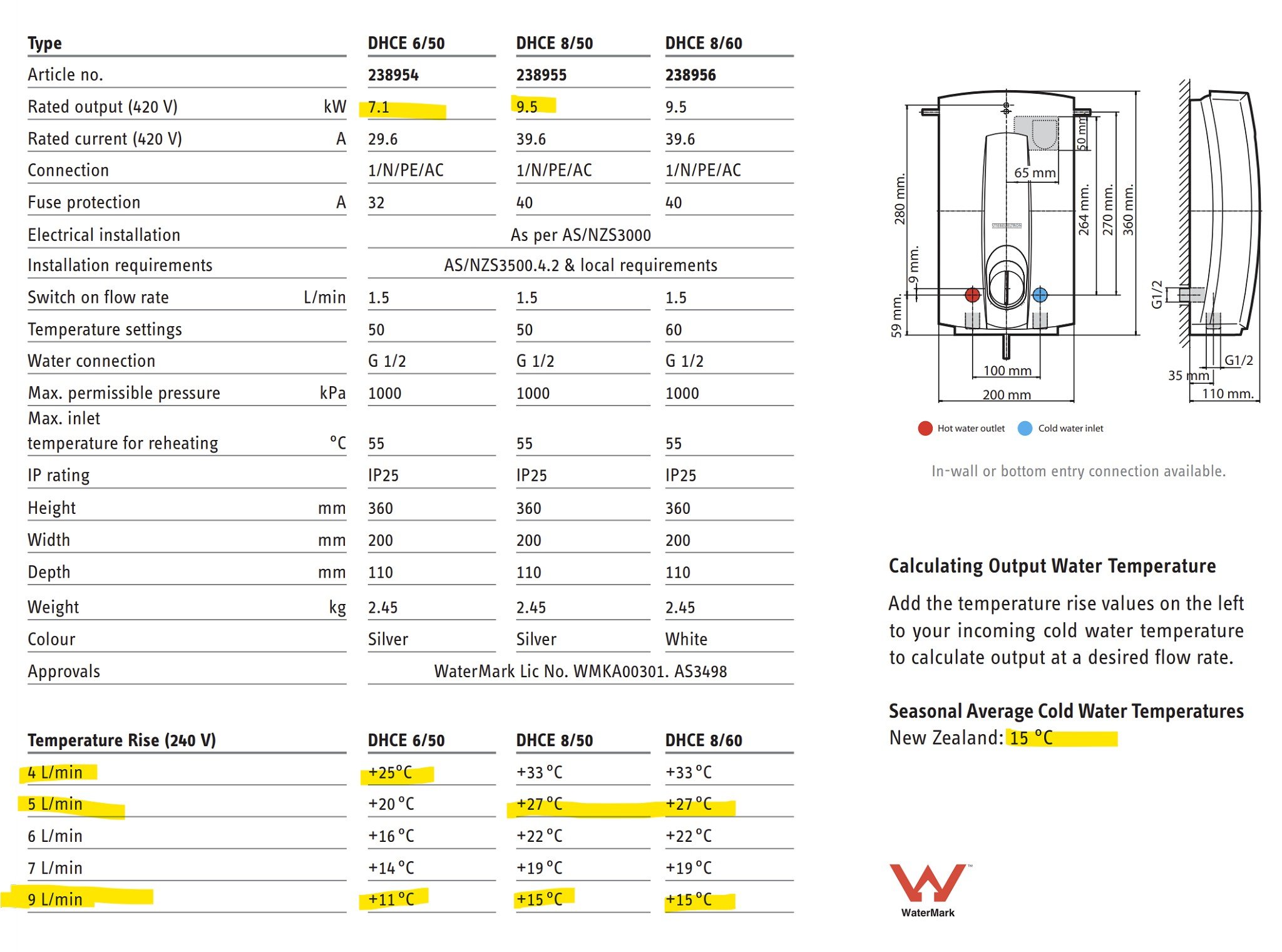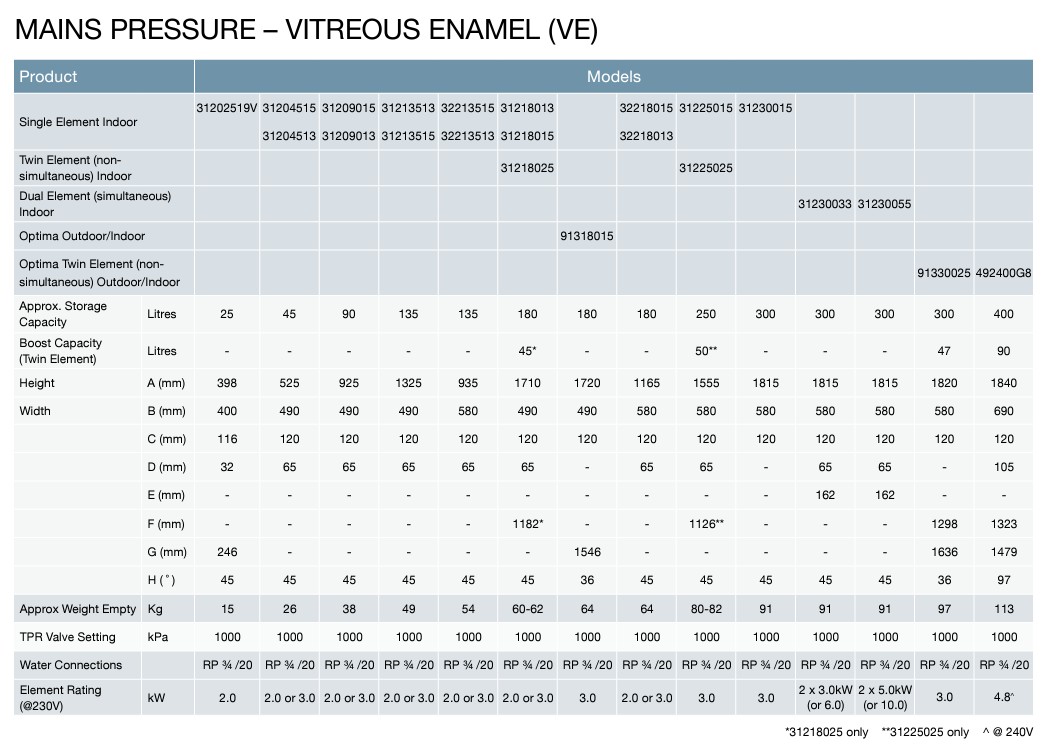We have a Rinnai 26 gas califont at our bach, supplied by 2 x 45kg gas bottles and honestly it's the best setup for us.
We arrive, we turn the gas on, and we have instant and virtually endless adjustable temperature hot water - whether it be for one or 12 people. And we pay nothing when nobody is there.
Our gas bottles are supplied by Frank Energy - $164 per bottle delivered, and because we have our power with them, we pay no bottle rental fee (and their electricity plan in our area is one of the lowest too).
We chose to not have a gas regulator that automatically switches from one bottle to the other when the first is empty - that way we always know when the first bottle has run out so we can order more via the Frank app (it takes like 3 taps in the app). If we have paying guests or friends staying there, we always ask them to tell us if a bottle runs out while they are there so we can order another - and they always have.
Our bach is quite rural (up the Waitaki Valley on the border of South Canterbury/North Otago an hour inland from Oamaru), but Frank delivers to the area once a week via the Genesis distribution network.
I can't accurately estimate how many guest nights our bach has in any given year, but at the height of our AirBnB operation we maybe went through 4 or 5 gas bottles a year. Since we stopped AirBnB, we only use around 1 bottle per year, but we visit regularly (at least monthly) and can sometimes have up to 12 people staying for 3-4 days at a time (but usually it's between 2-4 people staying except at public holiday weekends when it's a full house).
To be honest, I'd never consider another option. Having to turn something on and wait for it to heat up upon arrival is a pain, but on the flipside we wouldn't want to pay for hot water storage when nobody is there - that's just a waste of money.






